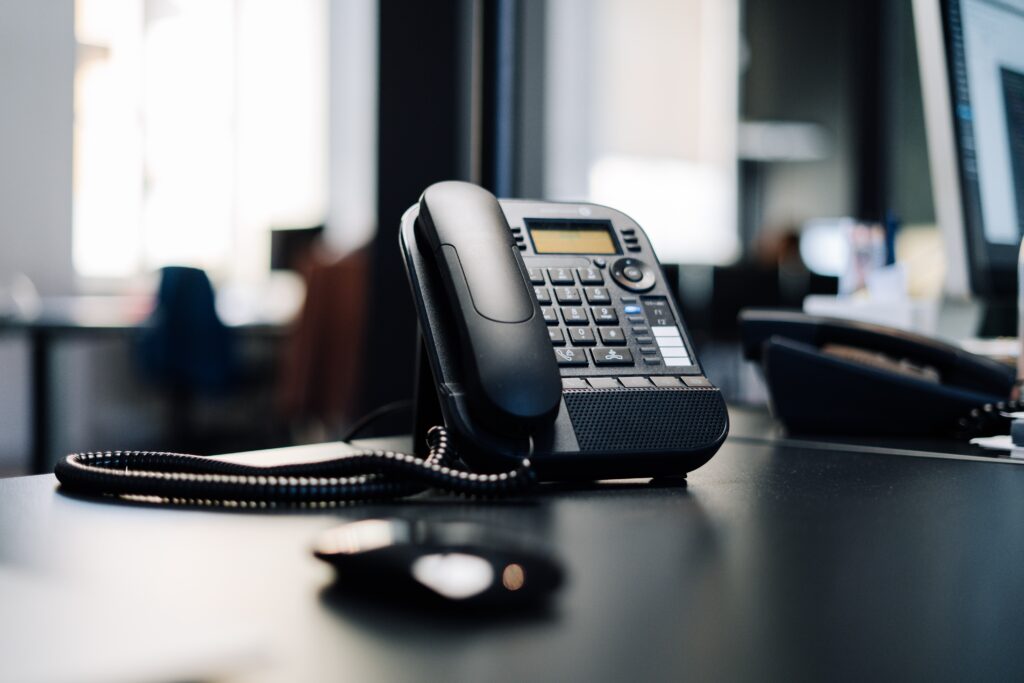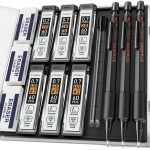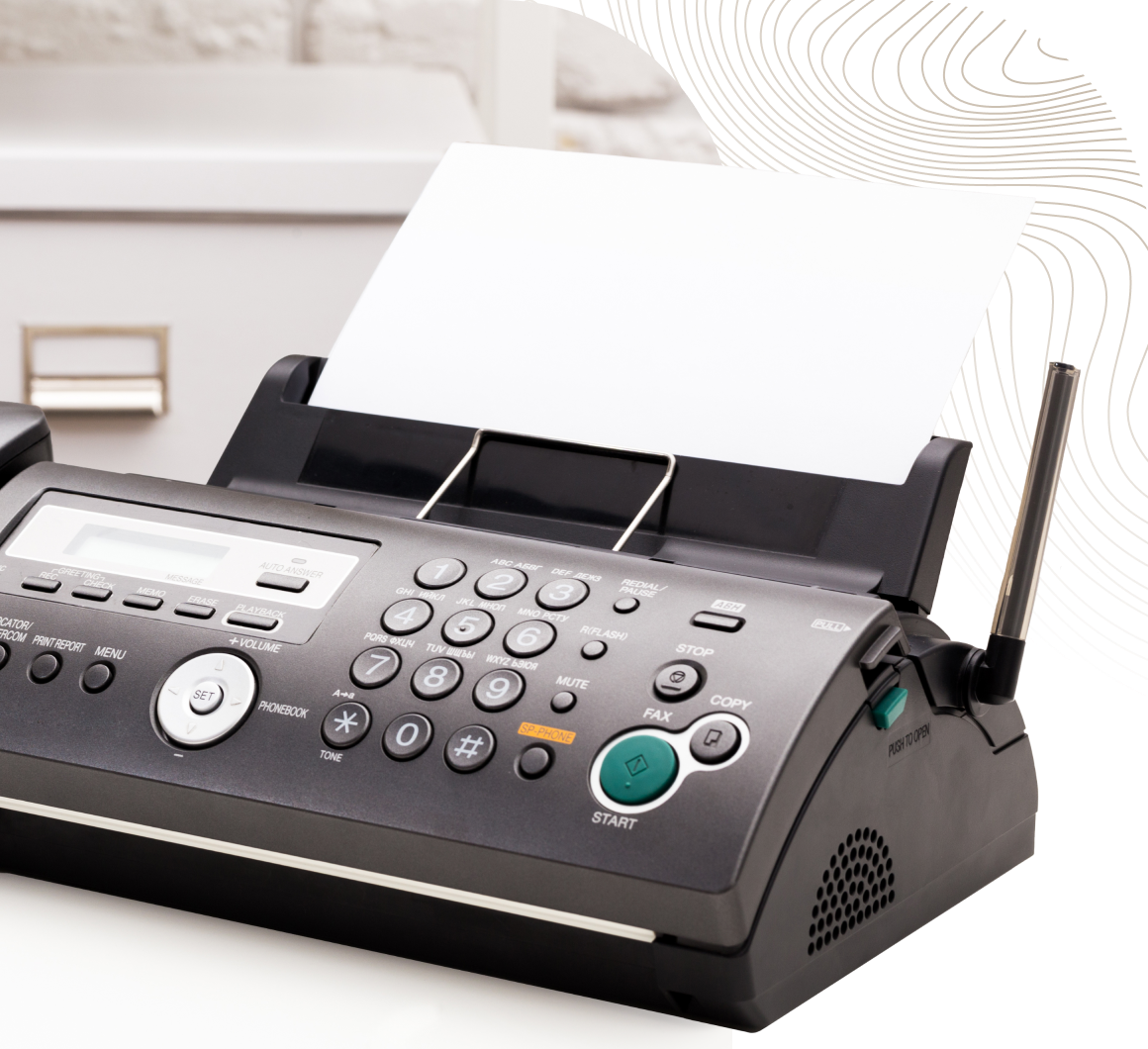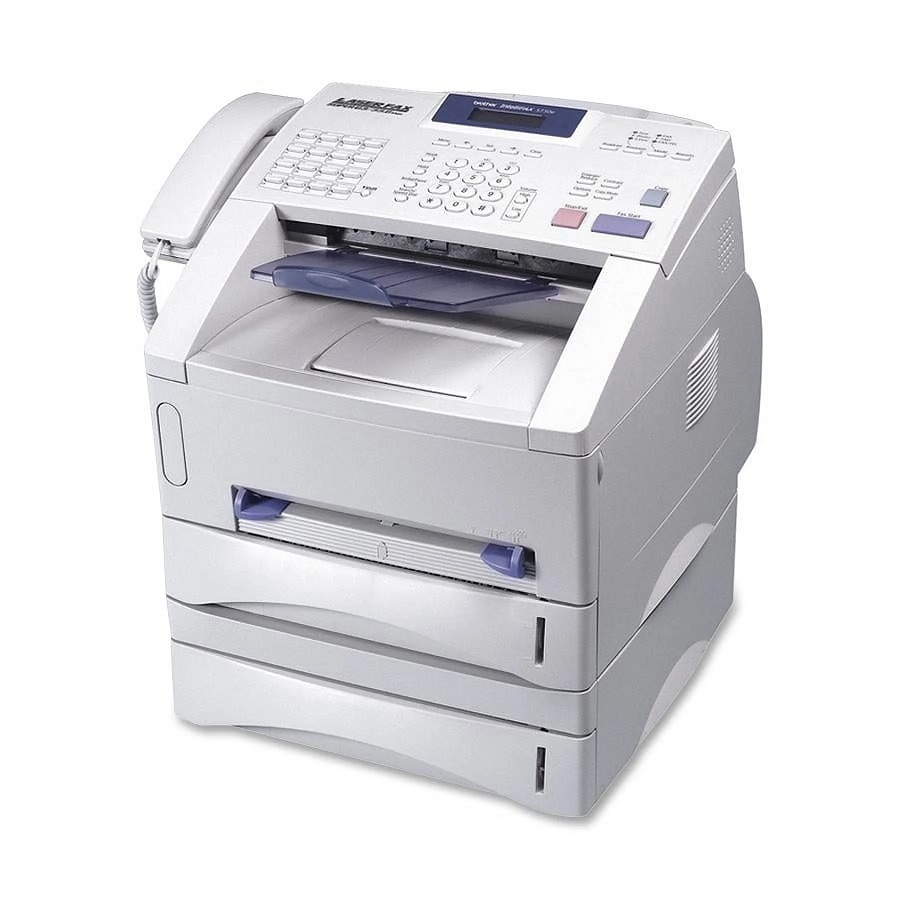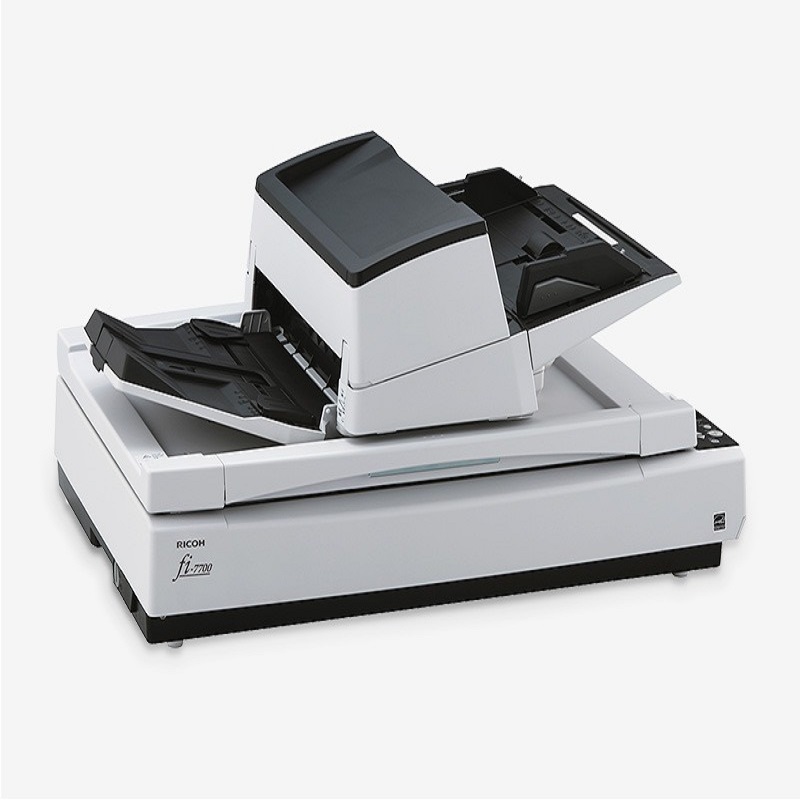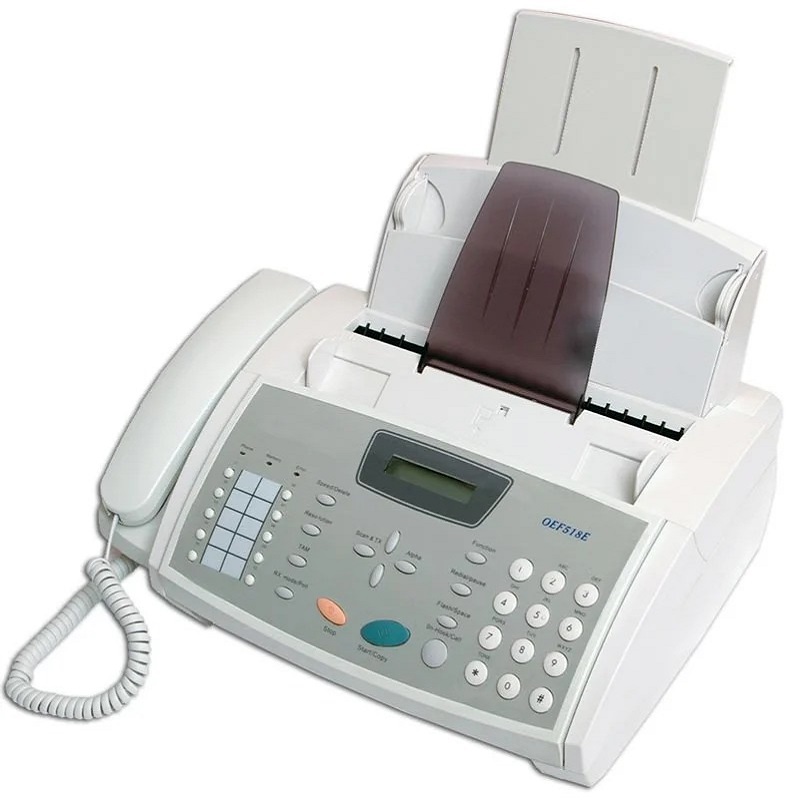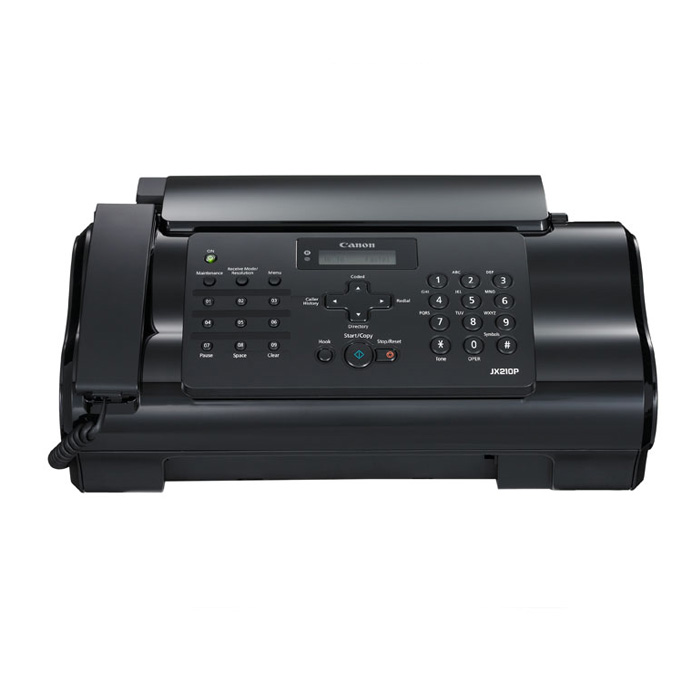Despite the growth of digital communication, fax machine meaning still play an essential role in many businesses and industries. Knowing how to use a fax machine is a valuable skill that allows you to send and receive documents quickly and securely. In this comprehensive guide, we will walk you through the step-by-step process of using a fax machine, including setting up the machine, preparing your documents, inputting recipient information, sending the fax, and troubleshooting common issues. By following these instructions, you’ll be able to confidently and efficiently use a fax machine for all your document transmission needs.

Setting up the Fax Machine:
Choose a suitable location: Select a stable surface near a power outlet and a phone jack for your fax machine. Ensure there is enough space for tissue paper trays and easy access to the control panel.
Connect the phone line and power cable: Plug one end of the phone line cable into the phone jack on the wall and the other end into the appropriate port on the fax machine. Similarly, connect the power cable to the fax machine and a power outlet.
Turn on the fax machine: Press the power button on the machine to turn it on. Allow it a few moments to start up.
Set the date and time: Use the control panel buttons and display to set the correct date and time on the fax machine. Refer to the user manual for specific instructions on how to navigate the settings.
Preparing Your Documents:
Print or gather the document: Print the document you want to fax machine using your computer or retrieve a physical document that needs to be faxed.
Ensure document quality: Make sure the document is clear and legible. If necessary, adjust the printer settings for optimal print quality.
Remove any staples or clips: Remove any staples, paper clips, or other objects that may interfere with the faxing process or damage the machine.
Inputting Recipient Information:
Ready a cover sheet: Prepare a cover sheet that includes the recipient’s name, fax number, your name, and your contact information. If desired, include a brief message or instructions.
Place the cover sheet on top: Position the cover sheet on top of the document you want to send. Ensure the recipient’s information is visible.
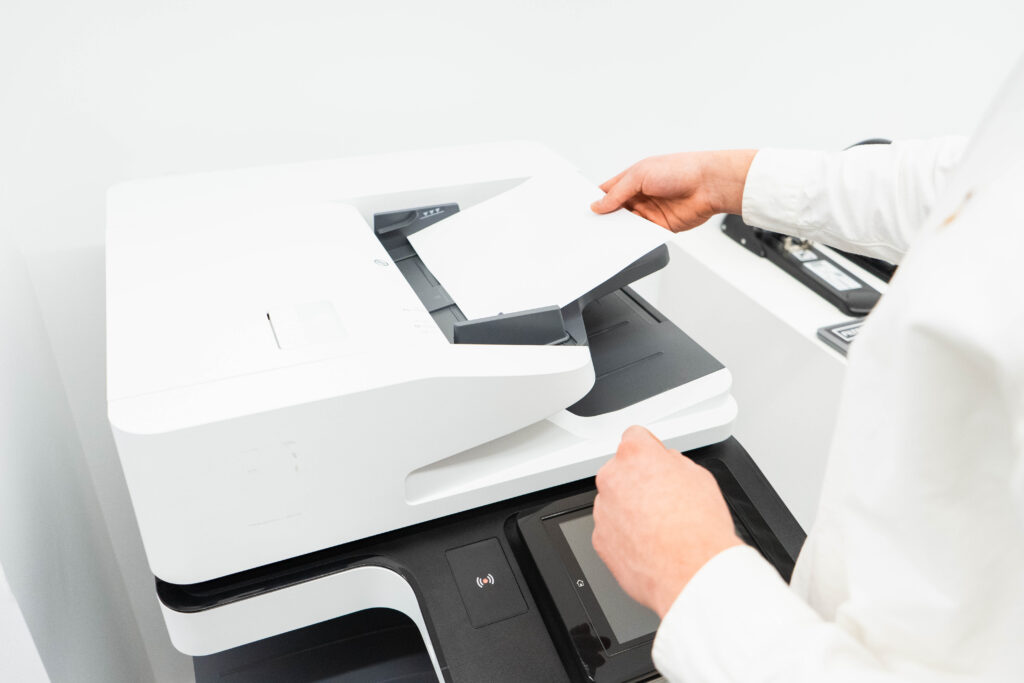
Sending the Fax:
Lift the fax machine’s handset: Lift the handset, just like you would for a regular phone call.
Dial the recipient’s fax number: Dial the recipient’s fax number using the keypad on the fax machine. Include any necessary dialing codes or extensions. If desired, you may also use speed dial options if they are available on your fax machine.
Listen for fax tones: After dialing, listen for fax tones or beeps. These tones indicate that the fax machine is connecting with the recipient’s fax machine.
Place your documents into the fax machine: Once you hear the fax tones, carefully place your documents face down in the automatic document feeder or on the glass scanner bed. Ensure they are properly aligned.
Troubleshooting Common Issues:
Confirm recipient’s fax number: Double-check that you have entered the correct fax number to avoid sending the document to the wrong recipient.
Check for paper jams: If the fax machine encounters a paper jam, refer to the user manual for specific instructions on how to clear it. This will ensure smooth operation and prevent damage to the machine.
Verify phone line connection: Ensure that the phone line is securely connected to both the fax machine and the wall jack. Loose connections can cause transmission failures.
Confirm recipient’s fax machine readiness: Before sending, ensure that the recipient’s fax machine is turned on and ready to receive the fax. This reduces the chance of failed transmissions.
The advantages of fax machine
Despite the rise of digital communication methods, fax machines continue to hold a significant place in numerous industries and business operations. Fax machines offer unique advantages that make them a practical and reliable choice for transmitting important documents.
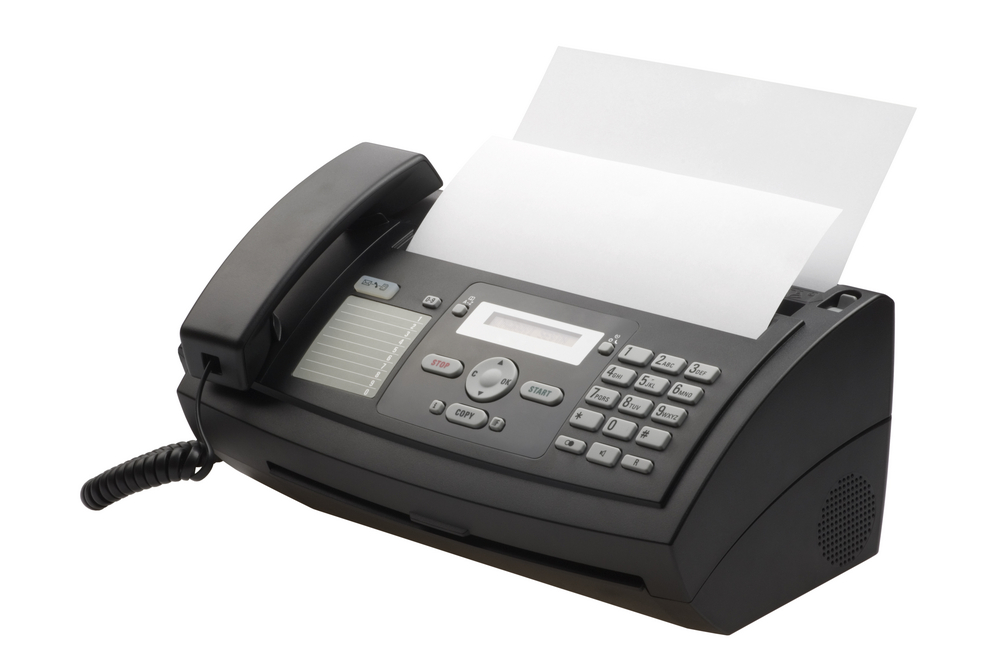
-
Security and Privacy:
Document Confidentiality: Fax machines offer a secure method of transmitting documents since they operate over dedicated phone lines. This reduces the risk of interception or unauthorized access to sensitive information.
Encryption Capabilities: Many modern fax machines support encryption technologies to further enhance document security during transmission. Encryption ensures that only authorized recipients can access the faxed documents.
Paper Trail: Fax machines provide a physical record of transmission, leaving a traceable paper trail that can be crucial for legal purposes or when proof of communication is required.
-
Legal Compliance:
Regulation Adherence: Some industries, such as healthcare and legal services, have specific regulations that require the use of fax machines for transmitting sensitive data. Faxing documents ensures compliance with legal and regulatory requirements.
L egally Binding Signatures: Fax machines allow for the inclusion of handwritten signatures on documents, which can serve as legally binding proof of agreement or acknowledgement.
-
Ease of Use:
Simplicity: Fax machines are generally straightforward and easy to use, requiring minimal technical knowledge. They often feature user-friendly interfaces and simple operating procedures.
Familiarity: Fax machines have been in use for decades, and many people are familiar with their functionality. This makes training employees on how to operate fax machines a relatively straightforward process.
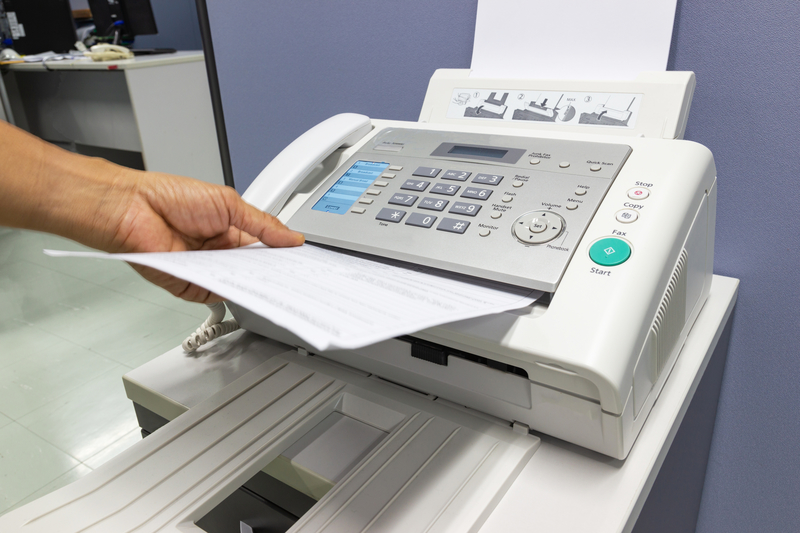
-
Reliability:
Transmission Confidence: Fax machines have a reputation for reliable document transmission, ensuring that the recipient receives the document in its entirety and without corruption.
Potential for Error Correction: Some fax machines have built-in error correction capabilities, enabling them to address transmission errors and reattempt sending the document to guarantee successful delivery.
Independent Functionality: Fax machines are standalone devices that do not rely on external factors like internet connectivity or third-party software. This independence makes them less prone to interruptions or downtime compared to digital communication methods.
In conclusion
Using a fax machine is a relatively simple process that involves setting up the machine, preparing your documents, inputting recipient information, sending the fax, and troubleshooting any issues that may arise. By following this step-by-step guide, you’ll be able to use a fax machine confidently and efficiently for transmitting important documents. Remember to consult the user manual specific to your fax machine model for additional guidance and troubleshooting instructions.
